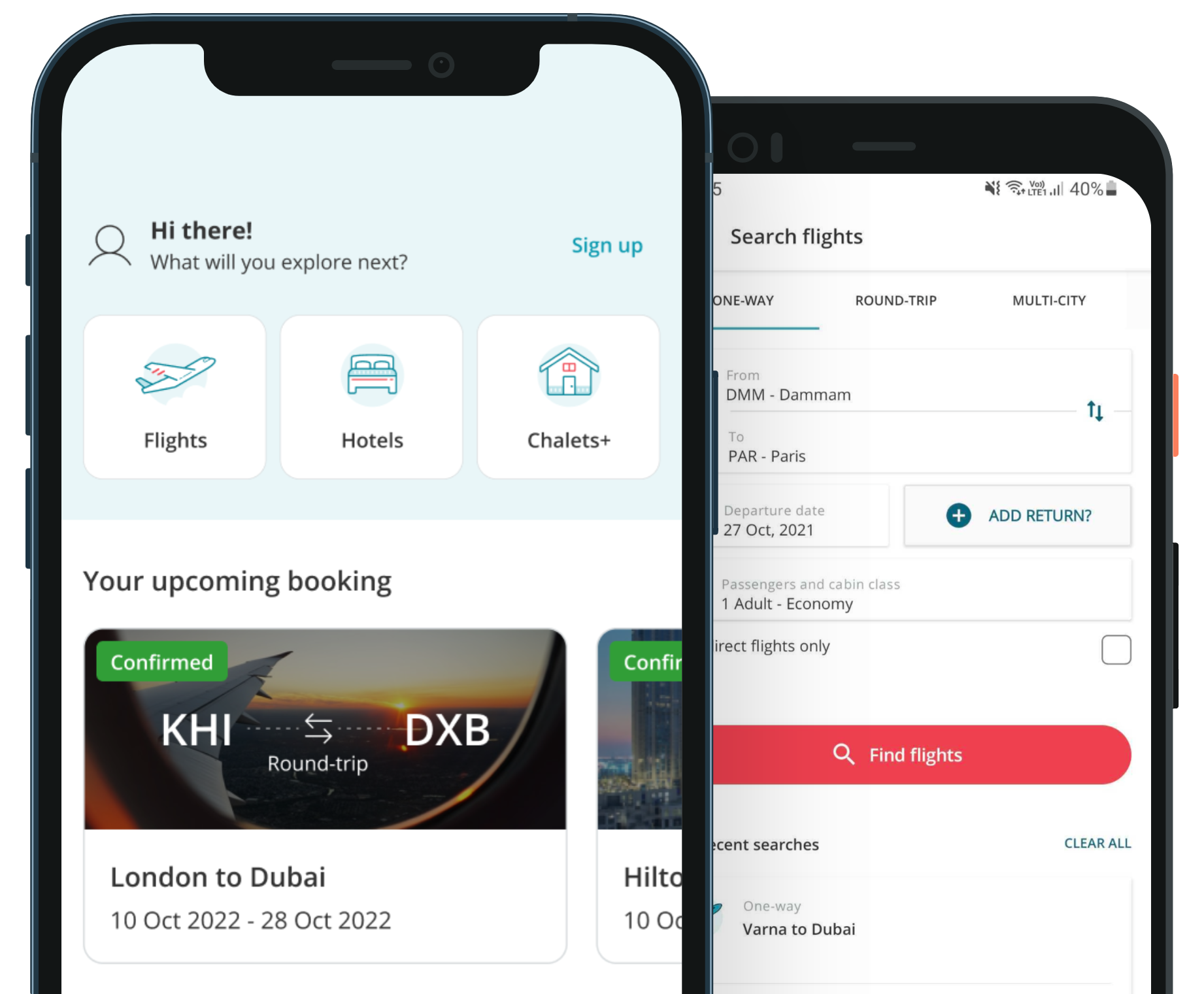Iran Military
An Overview of Iran’s Military: Structure, Capabilities, and Strategic Role
The Islamic Republic of Iran maintains one of the most influential and strategically significant military forces in the Middle East. Shaped by history, ideology, and regional security concerns, Iran's military doctrine combines conventional defense with asymmetric warfare, aiming to defend national sovereignty, maintain internal stability, and project regional influence.
🛡️ Structure of Iran’s Armed Forces
Iran’s military is divided into two main branches, each with its own command structure and missions:
1. Artesh (Regular Army of Iran)
The Artesh is Iran's conventional military force, responsible for defending the country’s borders and airspace. It includes:
Army Ground Forces
Air Force
Navy
Air Defense Force
The Artesh focuses primarily on traditional defense and logistics, and it is known for discipline and professionalism.
2. IRGC (Islamic Revolutionary Guard Corps) – سپاه پاسداران انقلاب اسلامی
Founded after the 1979 Islamic Revolution, the IRGC is an ideological and elite force loyal to the Supreme Leader. It is more politically active and has broader responsibilities than the regular army. It includes:
IRGC Ground Forces
IRGC Aerospace Force
IRGC Navy
Quds Force – External operations and special forces unit
Basij – Paramilitary volunteer militia with domestic policing and mobilization roles
The IRGC is highly influential in Iran’s domestic affairs, economy, and regional policy, and it plays a major role in asymmetric warfare and foreign operations.
Key Capabilities and Strategic Assets
Despite facing decades of international sanctions, Iran has developed a self-sufficient military industry, producing a wide range of weapons, drones, and missile systems.
🛰️ Missile Program
Iran possesses one of the largest missile arsenals in the region, including:
Short- and Medium-range Ballistic Missiles (e.g., Shahab, Fateh, and Khorramshahr series)
Cruise Missiles with precision strike capabilities
Hypersonic Missile Development (claimed in 2023)
✈️ Drone Technology
Iran is considered a regional leader in drone warfare, having developed:
Surveillance drones (e.g., Mohajer series)
Combat UAVs (e.g., Shahed-129, Shahed-136)
Export capabilities (allegedly used by allies in regional conflicts)
🚢 Naval Strategy
Iran’s navy is split between the IRGC Navy and Artesh Navy. The IRGC Navy operates in the Persian Gulf and Strait of Hormuz, using fast attack boats and anti-ship missiles for asymmetric naval warfare. The Artesh Navy operates in the Gulf of Oman and beyond, focusing on blue-water capabilities.
🔐 Cyber and Electronic Warfare
Iran has developed cyber capabilities used in defense and intelligence operations. The country has both defensive cyber units and alleged offensive capabilities that have been involved in regional cyber incidents.
🏴☠️ Regional Role and Proxy Strategy
Iran maintains influence in the Middle East through strategic alliances, proxies, and militias, often supported by the IRGC Quds Force. Key areas of involvement:
Iraq – Supports Shi’a militias and political allies
Syria – Supports the Assad government militarily and logistically
Lebanon – Strategic support to Hezbollah
Yemen – Political and limited logistical support to the Houthi movement
Palestine – Material and ideological support to groups like Hamas and Islamic Jihad
This strategy enables Iran to project power asymmetrically and counterbalance rivals like Israel, Saudi Arabia, and the U.S., without direct conventional conflict.
🛡️ Defensive Doctrine
Iran’s military strategy is rooted in deterrence and defense. Key principles include:
Forward defense through regional allies
Asymmetric warfare to offset technological inferiority
Defense-in-depth in case of invasion
Control of chokepoints (especially the Strait of Hormuz)
Iran has consistently stated that its military is defensive in nature, though its regional activities and support for non-state actors have caused friction with other countries.
🚀 Nuclear Program and Military
While Iran claims its nuclear program is peaceful, Western countries have accused it of trying to develop weapons capability. Iran's military and nuclear programs are under scrutiny, especially due to past secrecy and enrichment activities. As of 2024, Iran is not known to possess nuclear weapons, but its enrichment capacity has increased, raising international concerns.
🪖 Mandatory Military Service
Iranian males are required to serve approximately 18 to 24 months in the armed forces, though exemptions exist for students, medical conditions, or family situations.
Military Industry and Self-Reliance
Due to arms embargoes and sanctions, Iran has heavily invested in a domestic defense industry, producing:
Ballistic and cruise missiles
Tanks (e.g., Karrar tank)
Radar and electronic systems
Aircraft (domestically assembled and reverse-engineered)
Submarines and patrol boats
Drone fleets
Challenges and Outlook
Challenges:
Sanctions and lack of access to global arms markets
Aging air force equipment
Internal economic constraints
Regional tensions with Israel, Saudi Arabia, and the U.S.
Opportunities:
Strengthening alliances with Russia, China, and non-Western countries
Expanding cyber and missile capabilities
Increasing defense exports
Leveraging strategic geography for geopolitical advantage
Final Note
Iran’s military is multi-faceted, ideologically driven, and strategically complex. With a mix of conventional forces, elite units like the IRGC, and a powerful missile and drone program, Iran has positioned itself as a key regional power.
Its military strategy emphasizes defense, deterrence, and asymmetric warfare, shaped by a history of conflict, revolution, and sanctions. Whether you view Iran as a stabilizer or disruptor, its military influence in the Middle East is undeniable.
For travelers, business partners, and observers, understanding Iran’s military structure helps provide context for its regional behavior, security priorities, and foreign policy — especially when planning visits, investments, or cultural exchange programs with platforms like IranHotels.com.







